Yakushiji Temple East Pagoda Foundation Clay Iron Glazed Kiln Change Tea Bowl by Rakusai Onishi
Yakushiji Temple East Pagoda Foundation Clay Iron Glazed Kiln Change Tea Bowl by Rakusai Onishi
Couldn't load pickup availability
Width: 10.8cm Height: 5.7cm
Yakushiji Temple East Pagoda Foundation Clay Iron Glazed Kiln Change Tea Bowl by Rakusai Onishi
--The sacred earth that supported "Frozen Music" was transformed into a symphony of flames.--
Work summary
This tea bowl is a kiln-changed tea bowl made by the eighth generation Onishi Rakusai, who mixed the foundation soil of the East Pagoda of Yakushiji Temple, which was excavated during the major repair work in the Reiwa era, into the clay and fired it with iron glaze. It is a neat shoe-shaped bowl about 6 cm in height and 11 cm in diameter, with a slightly shallow depth and a soft tension from the base to the foot. The sight of the clay that has supported the East Pagoda for over 1,300 years changing from blue-ink to golden brown to deep blue in the flames can be said to be a reincarnation from "still earth" to "motional glaze."
Glaze and kiln changes
Color development of the iron glaze <br data-start="301" data-end="304">Taking advantage of the high iron content of the foundation soil, a transparent glaze mainly made of feldspar is mixed with iron oxide and then reduced-fired. The shoulders, where the fire is strongest, are a deep indigo-black , while the pooled color from the mid-torso to the waist changes to a dull ultramarine , with yellow-orange crystalline spots blooming here and there.
Falling Ashes <br data-start="454" data-end="457">Pine ash that was stirred up during the firing process melted into the glaze surface, forming a pale olive-colored coating. The falling glaze stripes overlap like a waterfall, and combine with the reddish base clay to create shades like ink drops.
Texture of the vessel surface <br data-start="558" data-end="561">Rough iron powder peeks out from the surface, with a metallic sheen peeking through in places. When you stroke it with your fingertips, smooth and grainy surfaces appear alternately, allowing you to fully feel the breath of the minerals hidden in the base clay.
Modeling and pottery
The body is turned on a potter's wheel to a slightly thicker shape, and when it is half-dried, the inside and outside are carved out to create the shape of a shoe. The center of the inner part is flattened with a very shallow trowel press, designed to allow the matcha foam to accumulate stably in the center. The foot is low, almost like a kiri-takadai, and by leaving one edge at the end of the cut, it emphasizes the visual tightness of the waist.
The significance of using foundation soil
The East Pagoda of Yakushiji Temple is a famous Asuka-style tower known as "Frozen Music." During major repairs from 2009 to 2020, some of the soil from the base was stored instead of being returned for cultural heritage preservation reasons. This sacred soil contains a natural mixture of 1,300 years' worth of iron, quartz, mica, etc., and when used as pottery clay, it produces a unique color that combines reddish and metallic qualities . The tea bowls created in this way can be said to be an "ensemble of motion and stillness," harboring the power of both the earth and fire that supported the tower.
Tea ceremony ideas
| Seasons and Scenes | Tool group proposal | Stage Effects |
|---|---|---|
| Opening the hearth (Shimotsuki) | Kettle: Demon mask style with handle / Incense holder: Tile lamp / Scroll "Fudaten" | The earth supporting the tower is covered in hearth fire, enhancing the solemnity of the winter hearth. |
| A Message for the Mid-Spring Shunie Ceremony at Todaiji Temple | Kettle: cylindrical kettle / Incense holder: magatama / Axis: "Wako Dojin" | The prayers of Nara reflected in a single bowl, creating an atmosphere of rebirth and purification |
| The final tea ceremony | Kettle: Open-wood kettle / Incense holder: Onigawara tile / Scroll "Yapufuki Fudo" | The paleness of the iron glaze deepens the solitude of late autumn and emphasizes the lingering atmosphere. |
Impressions on use
The smooth glaze surface of this piece makes the matcha color bright and the bubbles are stable. When heated, the indigo-black color of the glaze surface becomes slightly brighter, and by the time you finish drinking it, condensation occurs due to the temperature difference, creating a microcosmic scene.
Conclusion
This piece is made from 100% clay from the grounds of Yakushiji Temple, and all impurities have been thoroughly removed. Its clear beauty is its characteristic. The clay has been around for ages, and is homogeneous. Its luster is clear when fired, and when fired, it has a gentle color like old roof tiles. Its smooth texture and resistance to warping are also attractive. The story of the clay, which has a history of 1,300 years, gives you a sense of peace every time you pick it up. This is a special piece that combines materials, beauty, and spirituality. The Yakushiji East Pagoda Foundation Clay Iron Glazed Kiln-Change Tea Bowl features a unique scene born from the memory of the earth that supported the sacred tower and the coincidence of the flame. This masterpiece combines the advanced kiln-change control of Onishi Rakusai and the warmth of Akahada ware, giving you a heavy spiritual aura when you pick it up, and the mellow sweetness of iron when you put it to your mouth - a multi-layered experience. Please enjoy the glaze color that changes over time at the tea ceremony, and enjoy a cup of tea with 1,300 years of prayer.
A conversation with Rakusai Onishi – High-end pottery specialty store [Amagi-do]
Share
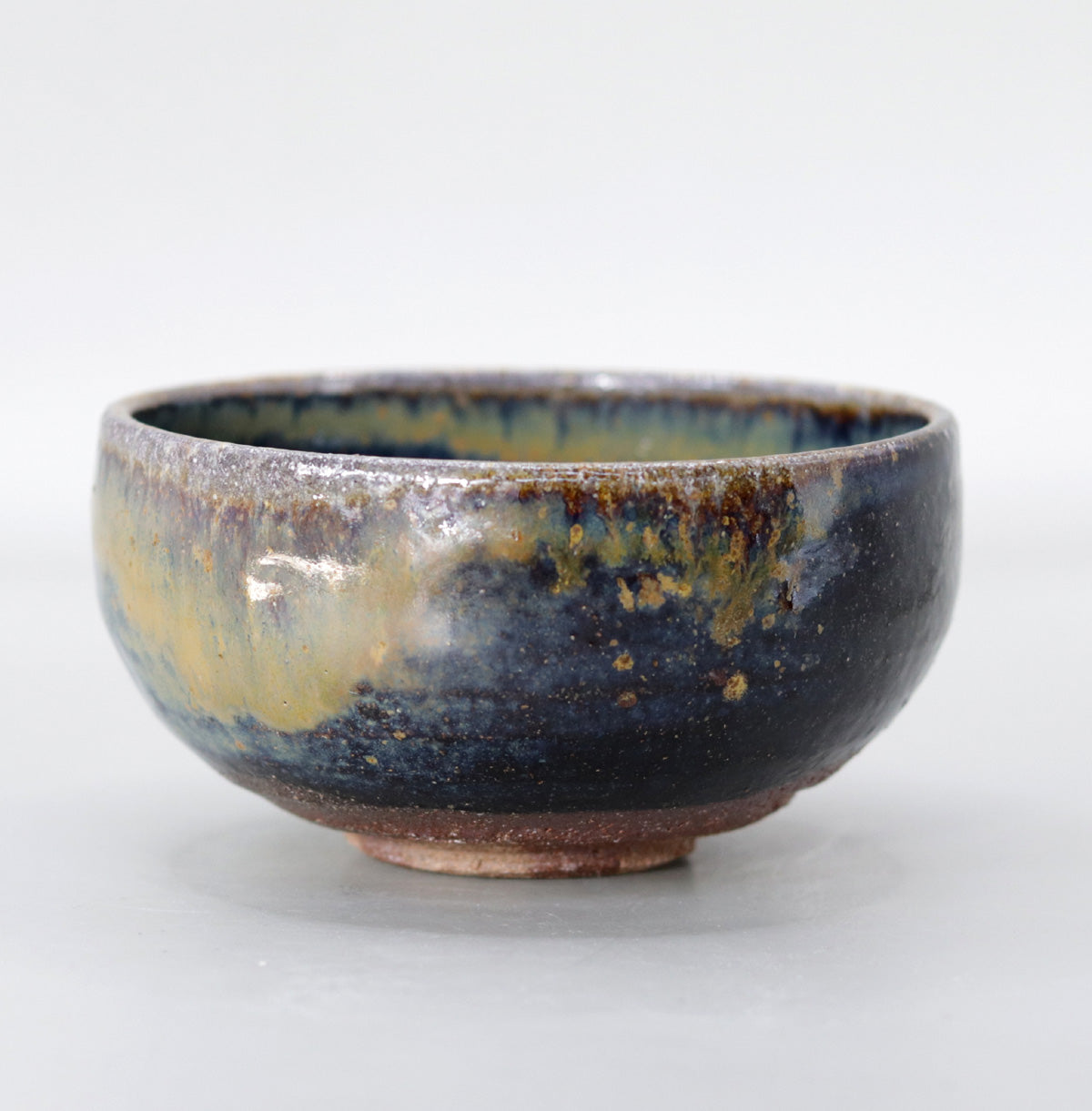
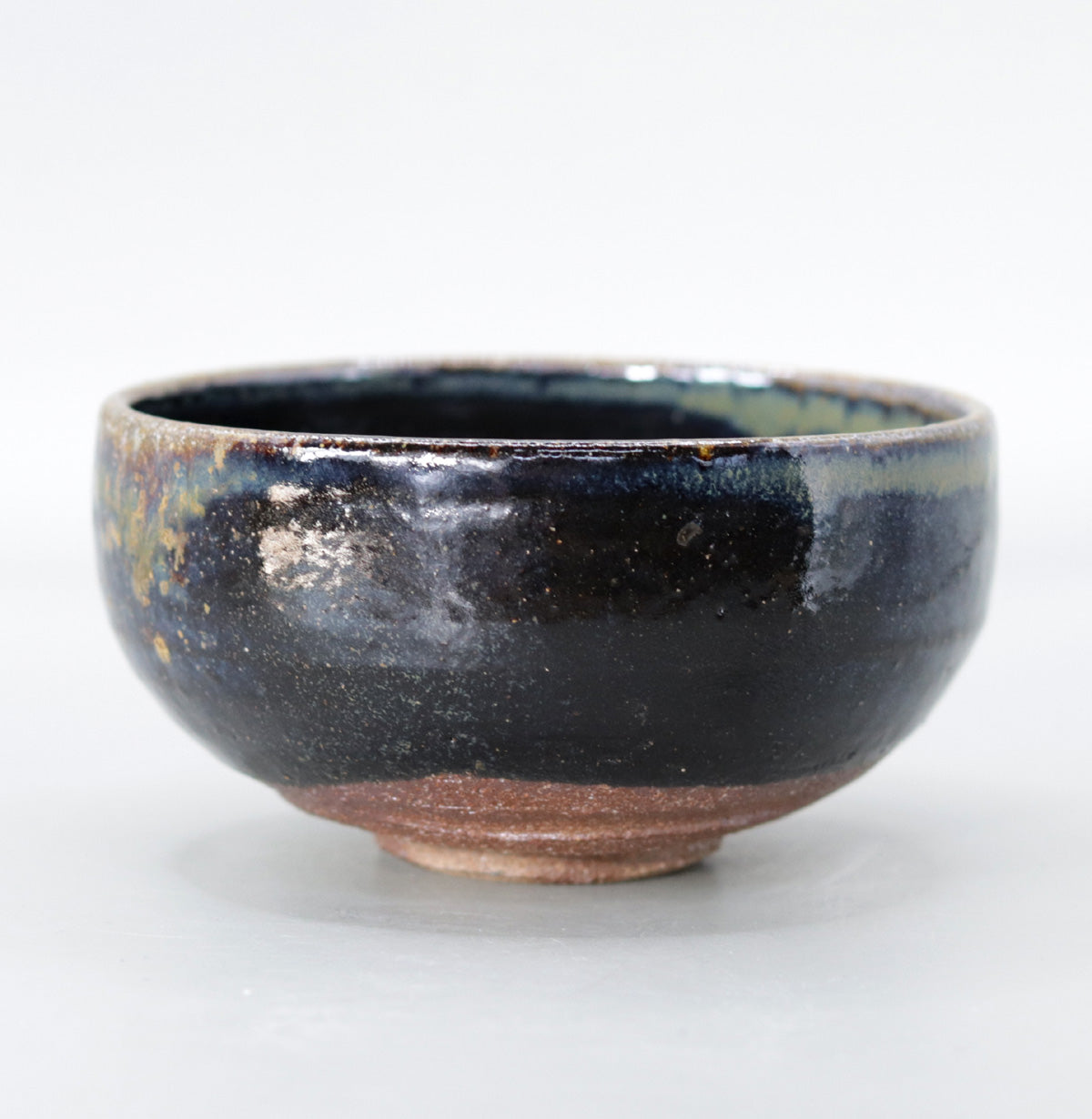

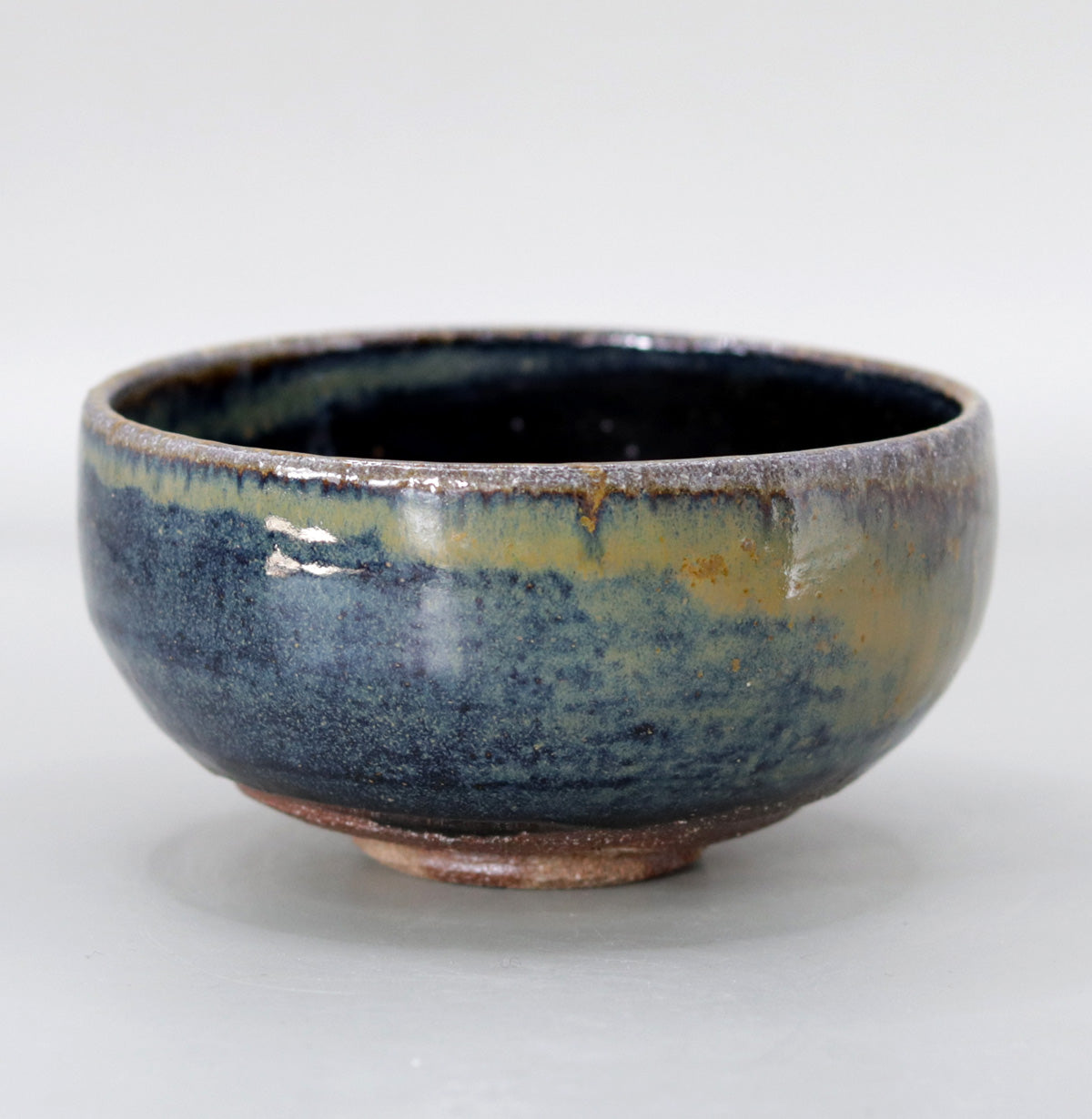
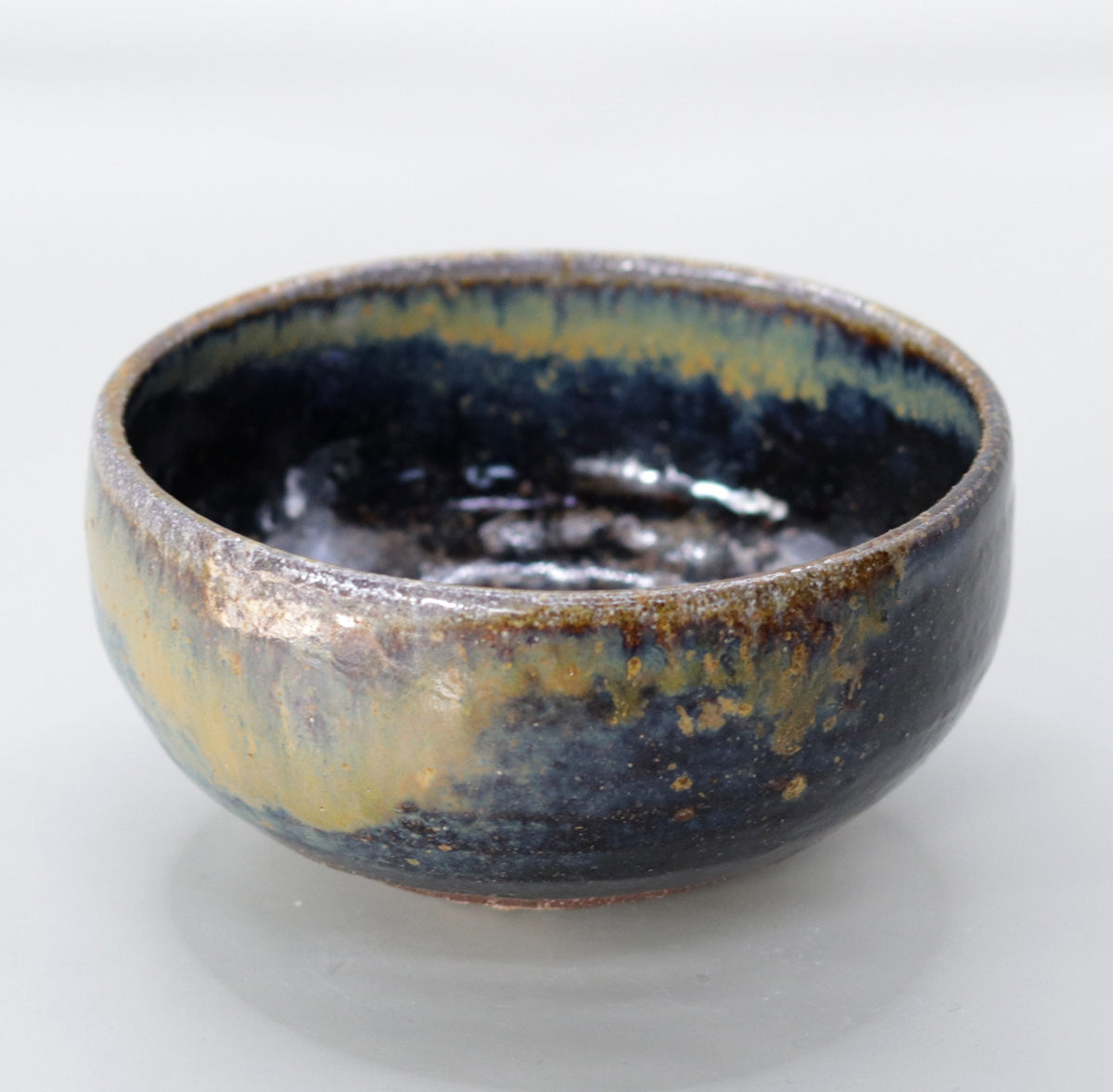
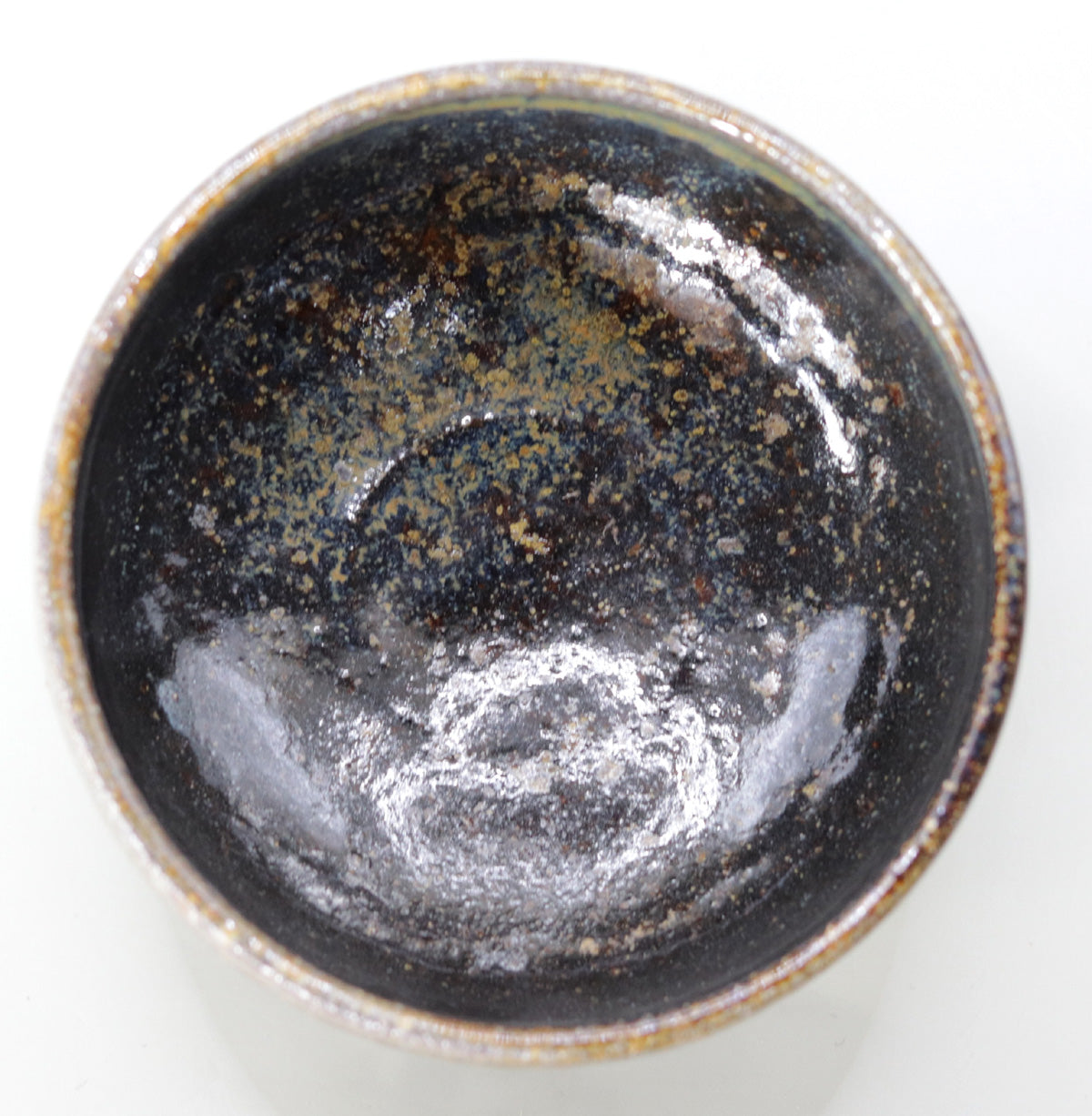


Multi-Column
-
[I will send it to you quickly and carefully]
We carefully package each product in a way that suits it best.
Also, delivery times vary depending on the piece (vessel, etc.).
Items that already come with a box will be shipped within 1-3 days of the order date.
For items that require a box to be made after your order, it will take approximately 30 days for production to be completed and then shipped.
In either case, once we have confirmed your order, we will contact you by email to inform you of the delivery date.
-
[Requests when purchasing pottery]
Even products that look the same may differ slightly in color, shape, size, etc.
The way the glaze is used, the power of the kiln, the firing method, the season, and the humidity also affect the appearance of the pottery.
Please understand the individuality of each piece of pottery and enjoy the unique warmth of handmade.








